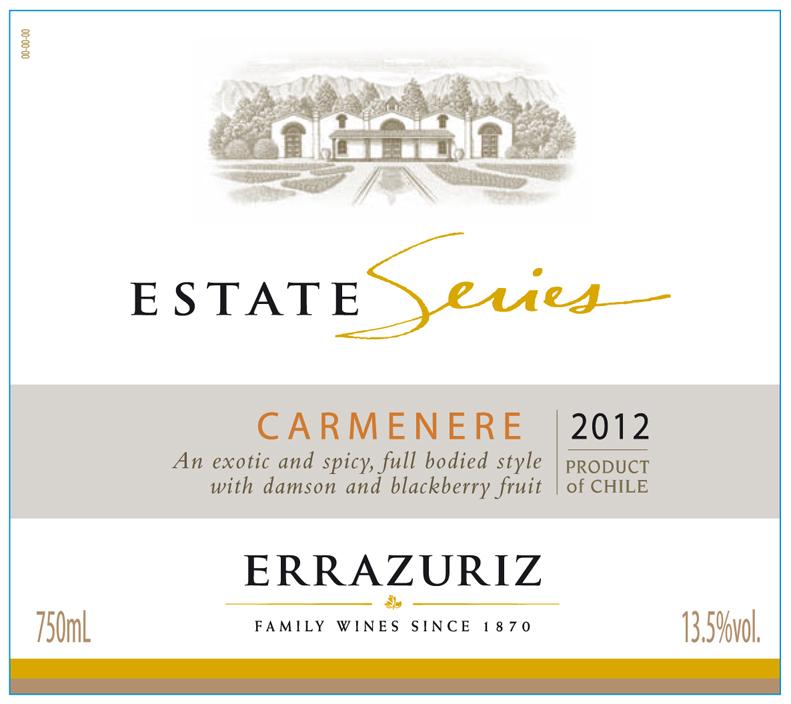2012 Rapel Valley Carmenere
Errazuriz Carmenere from the 2012 vintage offers a captivating experience that embodies the rich terroir of the Rapel Valley. This red wine presents a medium-full body, showcasing its generous character. With a vibrant acidity that is both lively and refreshing, it beautifully balances the luscious fruit intensity that leans towards prominent black fruit notes, particularly ripe blackberries and plums. The tannins are notable yet smooth, contributing a structured quality without overwhelming the palate. The wine is expressive and thoroughly dry, making it a versatile choice for pairing with various dishes, from grilled meats to hearty stews, all while inviting enjoyment on its own.
Errazuriz Carmenere from the 2012 vintage offers a captivating experience that embodies the rich terroir of the Rapel Valley. This red wine presents a medium-full body, showcasing its generous character. With a vibrant acidity that is both lively and refreshing, it beautifully balances the luscious fruit intensity that leans towards prominent black fruit notes, particularly ripe blackberries and plums. The tannins are notable yet smooth, contributing a structured quality without overwhelming the palate. The wine is expressive and thoroughly dry, making it a versatile choice for pairing with various dishes, from grilled meats to hearty stews, all while inviting enjoyment on its own.




